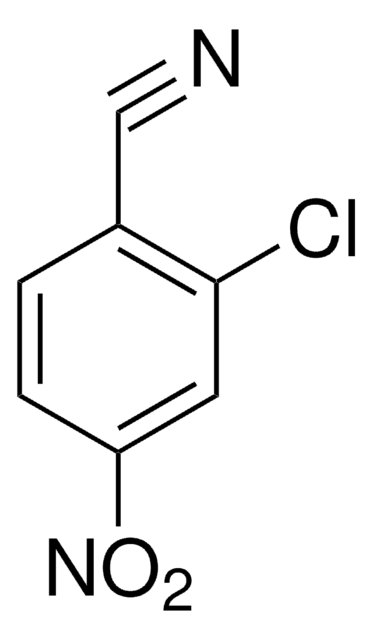454958
mono-2-(Methacryloyloxy)ethyl phthalate
contains ~100 ppm monomethyl ether hydroquinone as inhibitor
Iniciar sesiónpara Ver la Fijación de precios por contrato y de la organización
About This Item
Fórmula lineal:
2-[H2C=C(CH3)CO2CH2CH2O2C]C6H4CO2H
Número de CAS:
Peso molecular:
278.26
Número CE:
Número MDL:
Código UNSPSC:
12162002
Productos recomendados
contiene
~100 ppm monomethyl ether hydroquinone as inhibitor
índice de refracción
n20/D 1.523 (lit.)
bp
232 °C (lit.)
densidad
1.228 g/mL at 25 °C (lit.)
cadena SMILES
CC(=C)C(=O)OCCOC(=O)c1ccccc1C(O)=O
Elija entre una de las versiones más recientes:
¿Ya tiene este producto?
Encuentre la documentación para los productos que ha comprado recientemente en la Biblioteca de documentos.
Zainuddin et al.
Journal of biomaterials applications, 23(2), 147-168 (2008-07-18)
Converting the surface of poly(2-hydroxyethyl methacrylate) (PHEMA) hydrogel into a cell-adhesive surface has been successfully achieved through a method based on atom transfer radical polymerization (ATRP) grafting. Following activation of the surface hydroxyl groups of PHEMA by bromination, surface-initiated ATRP
Jian-Lian Chen
Journal of chromatography. A, 1216(34), 6236-6244 (2009-07-28)
Two open-tubular (OT) capillary electrochromatographic (CEC) columns were prepared by chemically bonding ionizable mono-(2-(methacryloyloxy)ethyl) succinate (MES) and phthalate-functionalized (MEP) ligands onto silica hydride-based phases through surface etching, silanization, and hydrosilation reactions, starting with a bare fused-silica tube. An analysis of
G E Schumacher et al.
Dental materials : official publication of the Academy of Dental Materials, 8(4), 278-282 (1992-07-01)
Effective dentin bonding systems based on para-PMDM diadduct of pyromellitic dianhydride and 2-hydroxyethyl methacrylate (HEMA) have been developed (Bowen et al., 1982). Para-PMDM, a solid of limited solubility, is usually applied from an acetone solution to dentin that has been
Nuestro equipo de científicos tiene experiencia en todas las áreas de investigación: Ciencias de la vida, Ciencia de los materiales, Síntesis química, Cromatografía, Analítica y muchas otras.
Póngase en contacto con el Servicio técnico




![N-[3-(Dimethylamino)propyl]methacrylamide 99%, contains MEHQ as inhibitor](/deepweb/assets/sigmaaldrich/product/structures/295/145/6b4aae15-7cb5-4b7b-9c06-8e6d24e50951/640/6b4aae15-7cb5-4b7b-9c06-8e6d24e50951.png)



